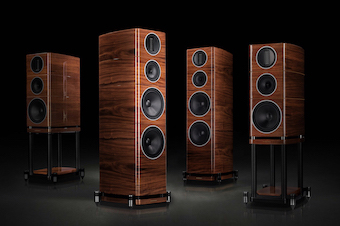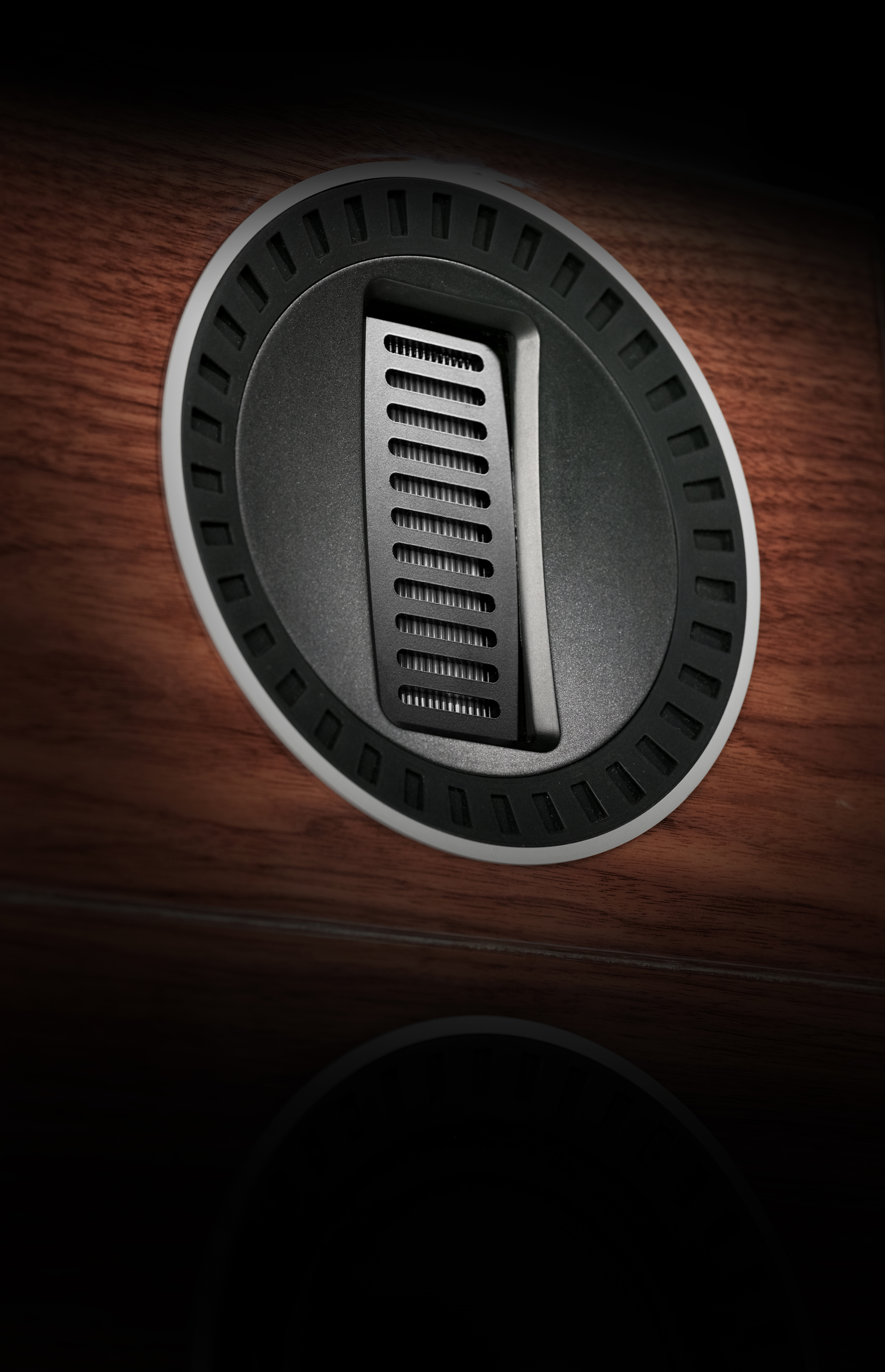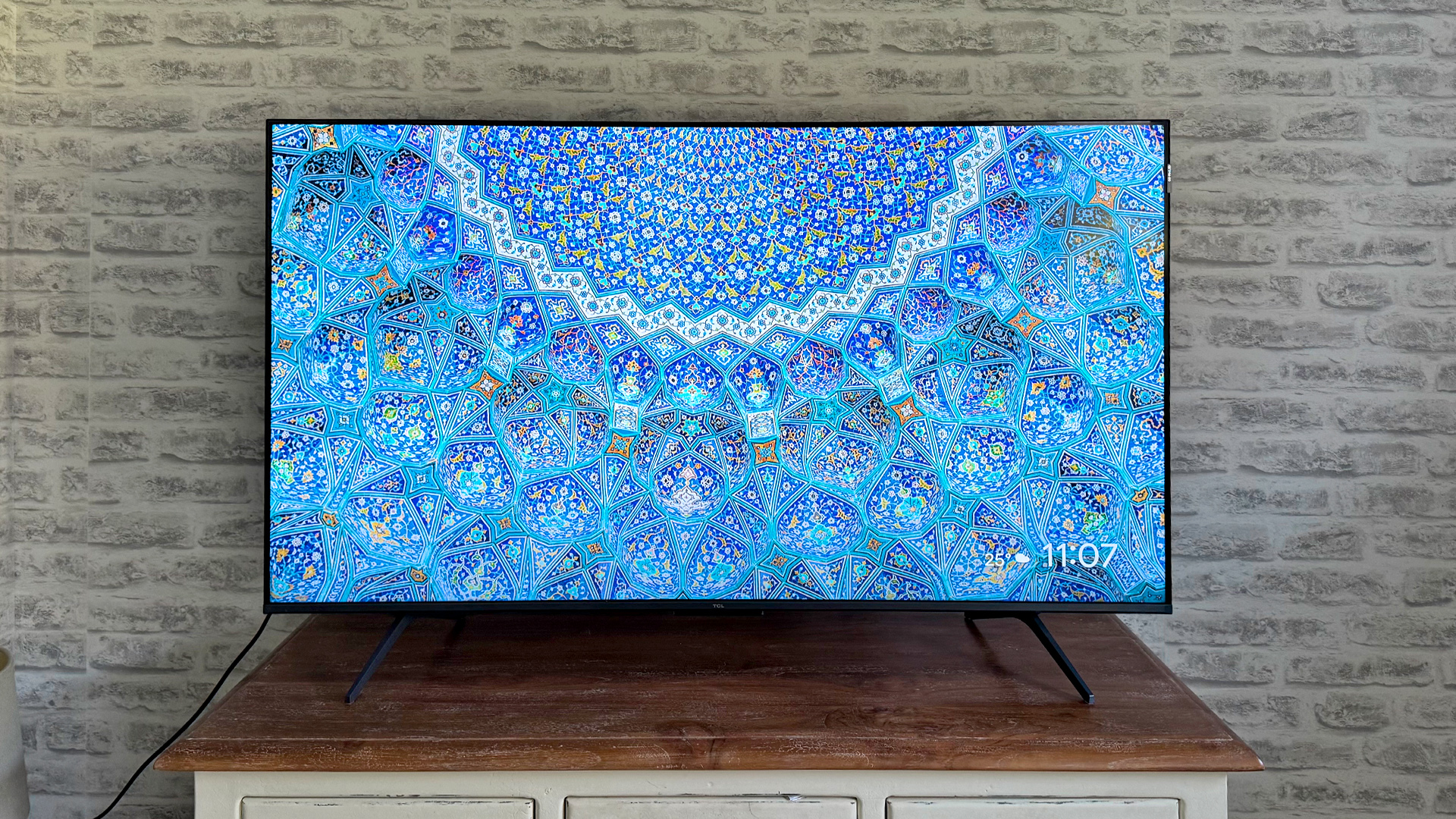Wharfedale Elysian flagship loudspeakers officially unveiled
The result of a three-year R&D project

We've waited a long time for the release of Wharfedale's new flagship speaker range. It was teased at the Bristol Hi-Fi Show nigh on a year ago.
The best things come to those who wait, though. Wharfedale's new flagship range is the culmination of a special three-year R&D project, after all. And, in Greek mythology, the Elysian Fields are a heavenly place where the heroic and virtuous are rewarded in the afterlife – sounds like something worth waiting for.
Wharfedale's new Elysian range comprises a large standmount model called Elysian 2 and a floorstanding speaker named Elysian 4.
Both speakers were actually developed concurrently with the EVO4 Series (the excellent Wharfedale Evo 4.4 floorstanders are current What Hi-Fi? Award-winners), which launched towards the end of 2019. In Wharfedale’s product hierarchy though, Elysian now tops the bill.
Like the EVO4, the speakers in the range are three-way designs, sporting an unusual driver array, including an Air Motion Transformer (AMT). With Elysian, Wharfedale says each component – the drivers, the crossover, the cabinet – was engineered and developed to the highest standards without cost constraint, to push the performance of the entire project.

The development of an AMT unit was a key part of the Elysian/EVO4 project, and Wharfedale says the Elysian AMT is larger and of a higher specification than the one used in the EVO4 Series. It features an ultra-lightweight diaphragm material and an acoustically damped rear chamber.
In the spirit of Gilbert Briggs, Wharfedale's founder (well known for experimenting with new driver materials), the firm investigated a range of options to match the sensitivity and accuracy of the AMT treble unit for the Elysian's midrange driver, eventually settling on a proprietary woven glass fibre matrix, formed into a 150mm cone. This boasts both low mass and high strength and promises to deliver realistic voices and instruments.
The latest hi-fi, home cinema and tech news, reviews, buying advice and deals, direct to your inbox.
The 220mm glass fibre matrix bass cones – one in the Elysian 2, two in the Elysian 4 – are apparently capable of reaching down below 28Hz. Said bass units are used with an advanced version of Wharfedale’s signature slot-loaded port, christened SLPP (Slot-Loaded Profiled Port).
Both Elysian models have a relatively wide stature, with each just over 43cm deep. One key aspect is the wide baffle, finished with radiused edges to help smooth the flow of sonic energy around the cabinet.
The Wharfedale Elysian 2 and Elysian 4 are available in the UK this month. Prices are £4,500 per pair (£4,900 with matching stands) for the Elysian 2 and £6,500 per pair for the Elysian 4. Finish options are walnut, black or white, hand-finished in high-gloss piano lacquer.
As an adjective, elysian means blissful, so we can't wait to see (and hear) if Wharfedale's new range can deliver...
MORE:
What Hi-Fi?'s Best of the Week: 7th February
ISE 2020: all the news and highlights
Standmounts vs floorstanders: which speakers should you buy?
Becky has been a full-time staff writer at What Hi-Fi? since March 2019. Prior to gaining her MA in Journalism in 2018, she freelanced as an arts critic alongside a 20-year career as a professional dancer and aerialist – any love of dance is of course tethered to a love of music. Becky has previously contributed to Stuff, FourFourTwo, This is Cabaret and The Stage. When not writing, she dances, spins in the air, drinks coffee, watches football or surfs in Cornwall with her other half – a football writer whose talent knows no bounds.
